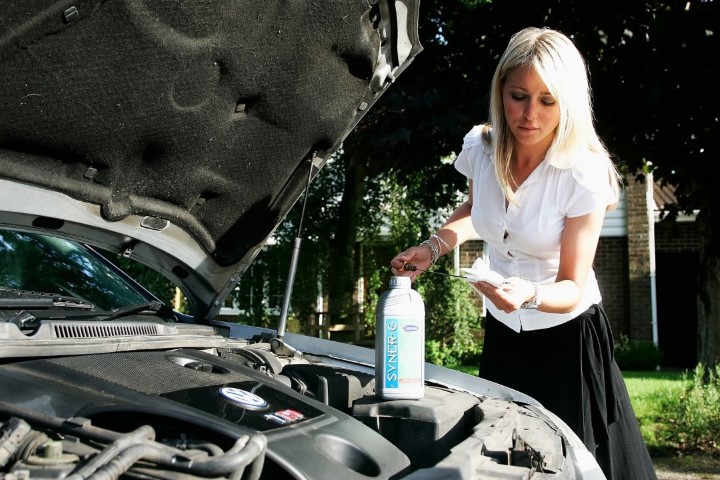10 Car Care Tips You May Not Have Thought About
- Written by The Driver
- Published in News
- font size decrease font size increase font size
- Be the first to comment!
Quality car care does not have to include oily footprints, scraped knuckles, or dirty fingernails. When you follow these 10 car care tips, you keep your vehicle running smoothly for a long time and save much of the money you now pay to mechanics while still keeping your hands clean.
The First Five Tips
1.Take road trips regularly. People enjoy short work commutes, but cars do not. It is important to drive a car for a minimum 15 minutes at least every one or two weeks. Start counting the 15 minutes after the coolant has reached its operating temperature. This allows the engine oil to get hot enough to boil off the moisture that builds in the engine.

2.Once you've stopped, don't move. When your car is home to stay for an extended period of time, park it in its permanent spot. Otherwise, you run into the same problem mentioned in the previous tip: the unhealthy blending of oil and condensed moisture.
3.Give your car an appropriate amount of time to "wake up." A car requires two or three seconds to wake up before you start driving it. Practicing a responsible driving routine when you start your car, such as buckling your seat belt and checking your mirrors, gives the car ample time to warm up. However, a long warm up period is not necessary and can be even more harmful to the environment than a warm up that is too short. Give the car the time it needs and then start driving.

4.Practice stretching exercises. During the first few minutes of a drive, keep the road speed and engine speed or revolutions per minute (rpm) low and avoid hard acceleration. This process allows the car's lubricants to spread out appropriately.
5.Keep the revs down. This concept applies to cars with manual transmissions and drivers who fiddle with automatics to pretend that they have manual transmissions. As long as a car is able to accelerate within a gear, there is no reason to downshift. High-rpm running in either 2nd or 4th gear puts an incredible amount of stress on the engine.
Five More Great Pieces of Advice
1.Pay attention to car smells. Just about every unusual car smell indicates an issue. For example, a sweet odor most often comes from antifreeze, which can point to a weak radiator hose, failing water pump, or heater core issue.
2.Pay attention to car noises. Similar to smells, noises and vibrations almost always point to car problems. Many people struggle to describe the noises to their mechanics so instead of mimicking the sound, try using descriptive words such as growling, grinding, squealing, thumping, whining, and screeching.
3.Inspect your parking space. The only fluid that should be in a car's parking space is clear water that occasionally drips from the air-conditioner. All other fluids point to car issues and are also environmental hazards.
4.Change the fluids regularly. Many car owners pay attention to their engine oil but do not think about additional fluids that need to be replaced regularly. Cars require regular changes for transmission fluid, coolant, differential oil (rear-drive cars only), transfer case oil (for 4-wheel drive cars only), brake fluid, and power-steering fluid. Check your owner’s manual for the schedule recommended for your vehicle. Did you recently buy a used car? Have a mechanic inspect the fluids and make any necessary changes.

5.Replace the rubber components regularly. Every rubber piece in a car needs to be replaced at some point. The most important rubber components are the tires and windshield wipers. Other rubber parts that you may need to replace include radiator hoses, brake line hoses, fan and accessory belts, steering rack boots, and heater core hoses.
About the author:
Doug Climenhaga is president of SVI International, Inc., a leading supplier of parts for industrial lift equipment, and other repair parts including tire machine parts. With more than 20 years experience in the hydraulic and automotive lift industries, he holds two patents and has designed scores of problem-solving products.
